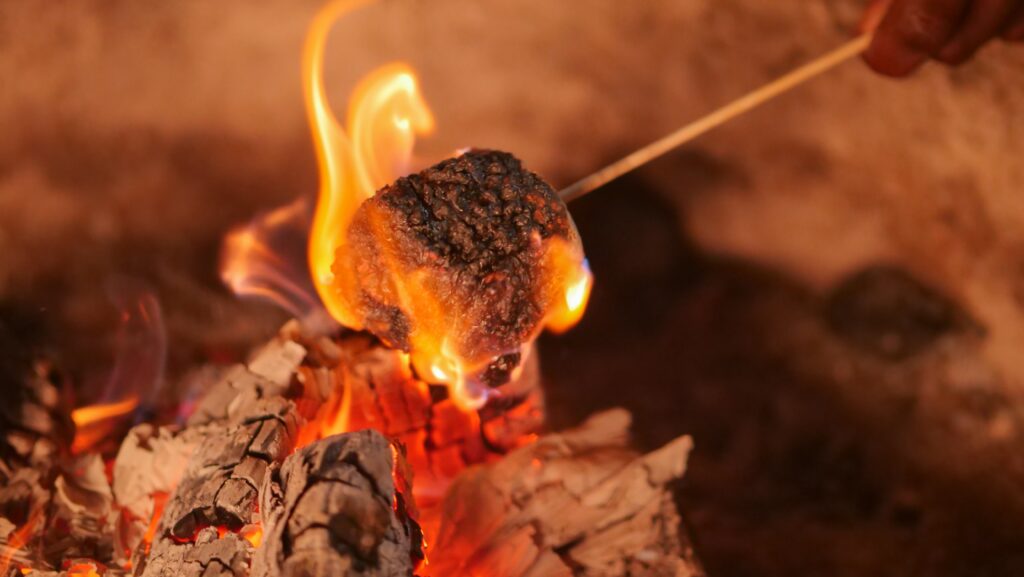
The Cancer Risk of Burnt Foods
That charred black crust that forms on grilled or barbecued meats may add flavor, but it could also increase your cancer risk. When starchy foods like bread or potatoes are burnt, fried, or processed at high temperatures, compounds are produced that have been linked to cancer in numerous studies. Let’s take a closer look at how exactly burnt foods are connected to cancer, and some simple ways to enjoy delicious food without the added cancer risk.
What happens when foods are burnt
When foods are cooked at high temperatures above 300°F or so, chemical reactions occur that produce several types of carcinogenic (cancer-causing) compounds. Two major classes of carcinogens found in burnt foods are heterocyclic amines (HCAs) and acrylamide.
HCAs form when amino acids, sugars, and creatine react during high-temperature cooking of many types of meat, including beef, pork, fish, and poultry. Grilling, pan frying, broiling, and barbecuing can all trigger HCA formation.
Acrylamide forms when starchy foods like potatoes, bread, cakes, or coffee beans are burnt. French fries, potato chips, burnt toast and other burnt starchy foods contain acrylamide.
Both HCAs and acrylamide are known mutagens, meaning they can damage DNA by introducing mutations. Over time, this unstable DNA can lead to the development of cancer.
Evidence linking burnt foods to cancer
Many studies have found associations between consumption of burnt foods and increased risk for certain cancers:
- Colon, breast, and prostate cancer risk appears higher among those who eat more charred meats containing HCAs.
- Higher intake of acrylamide has been tied to increased risk for kidney, endometrial, and ovarian cancers.
- Pancreatic cancer risk was nearly doubled in rats fed acrylamide in studies.
While the evidence is not yet definitive, reputable health agencies consistently warn about potential cancer risks associated with regular consumption of burnt foods. Avoiding overly burnt foods is a prudent step to limit exposure to these probable carcinogens.
How to reduce your intake of burnt food carcinogens
Luckily, there are easy ways to enjoy delicious food without all the burnt bits:
- Grill and broil meats on a lower heat setting and flip frequently to avoid charring.
- If pan-frying, don’t let the oil smoke and blacken.
- Toast bread until golden brown; don’t let it blacken.
- Roast potatoes and veggies until tender and caramelized but not burnt.
- Bake fries instead of deep-frying at high heat.
- Limit intake of browned crispy foods like chips, crackers or cereals.
- Choose lighter roasted coffee beans over dark roasts.
- Acrylamide levels get higher the longer a food is cooked – avoid overcooking.
By following simple cooking methods that avoid charring and burning, you can feel good about enjoying flavorful, healthy meals without the added cancer risk from burnt foods. While an occasional burnt crisp won’t hurt, making this a regular habit can be unsafe for your health.



